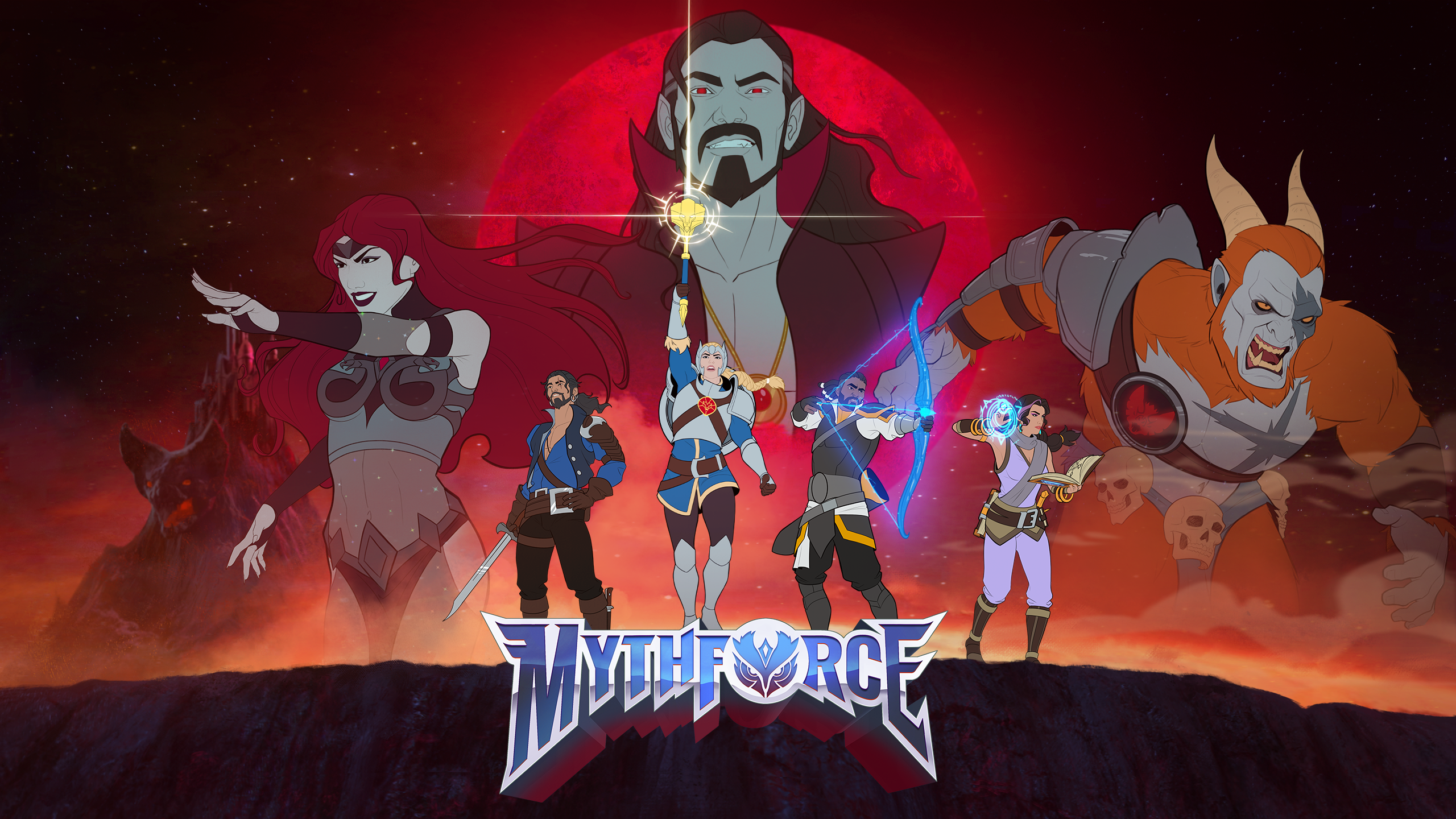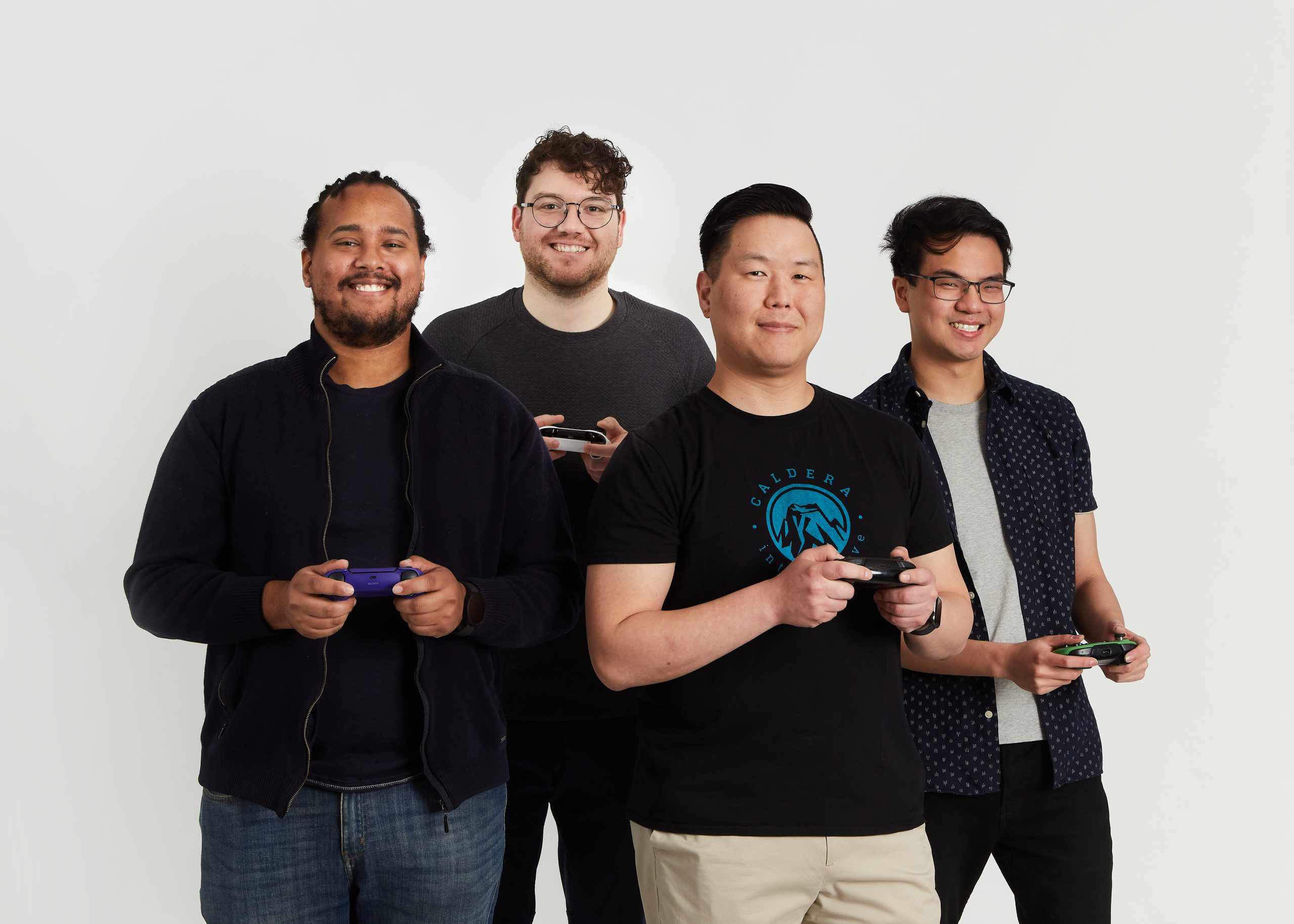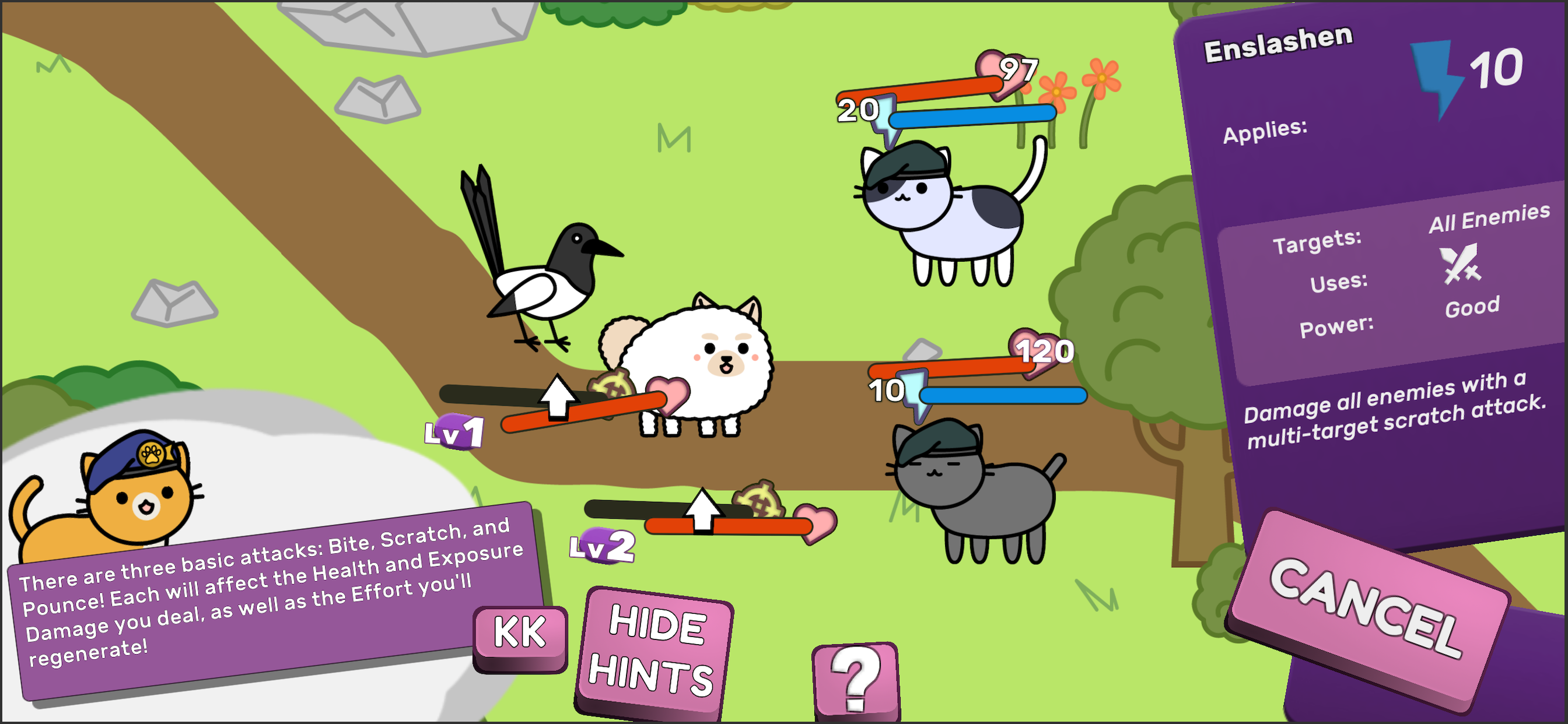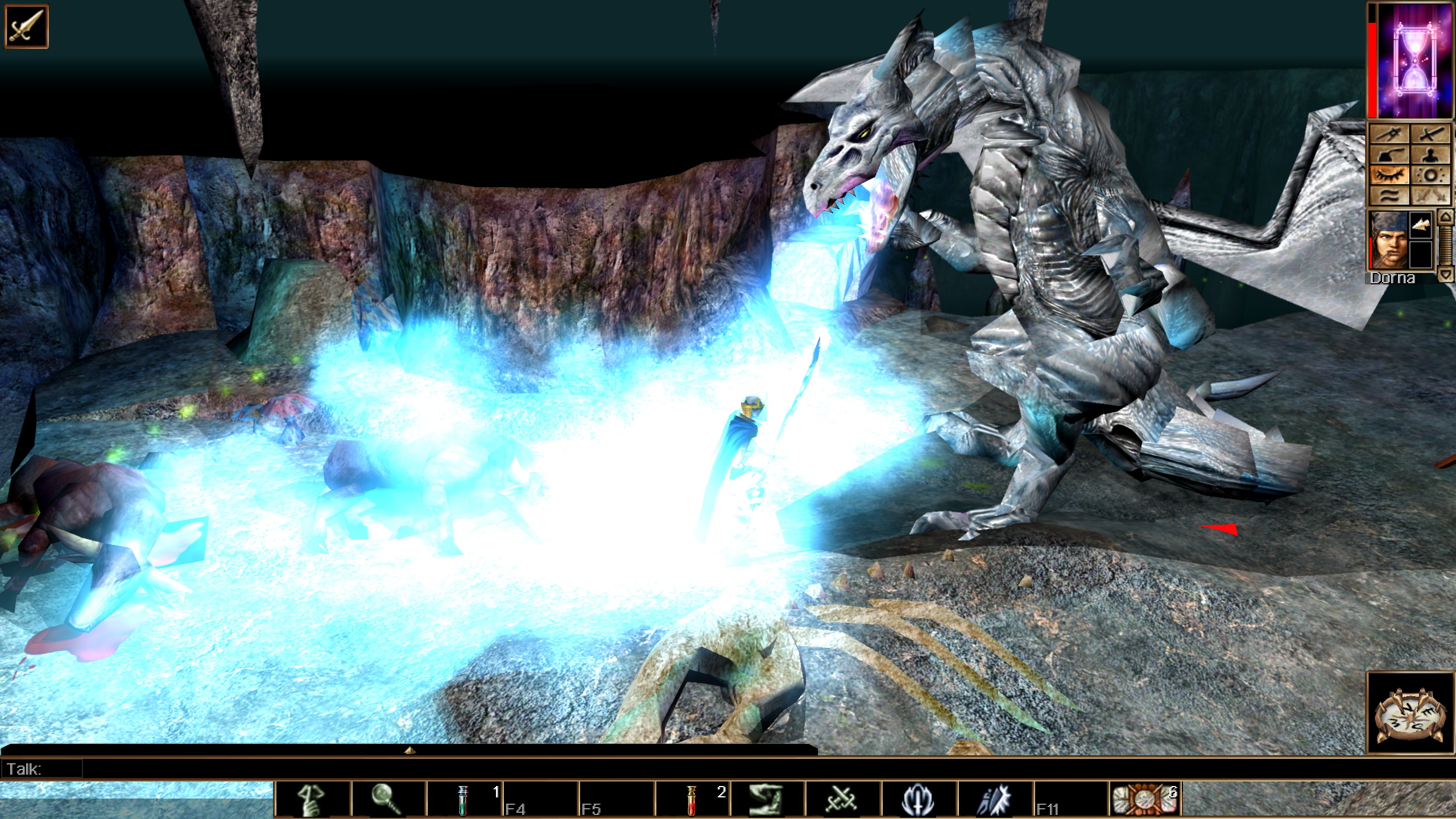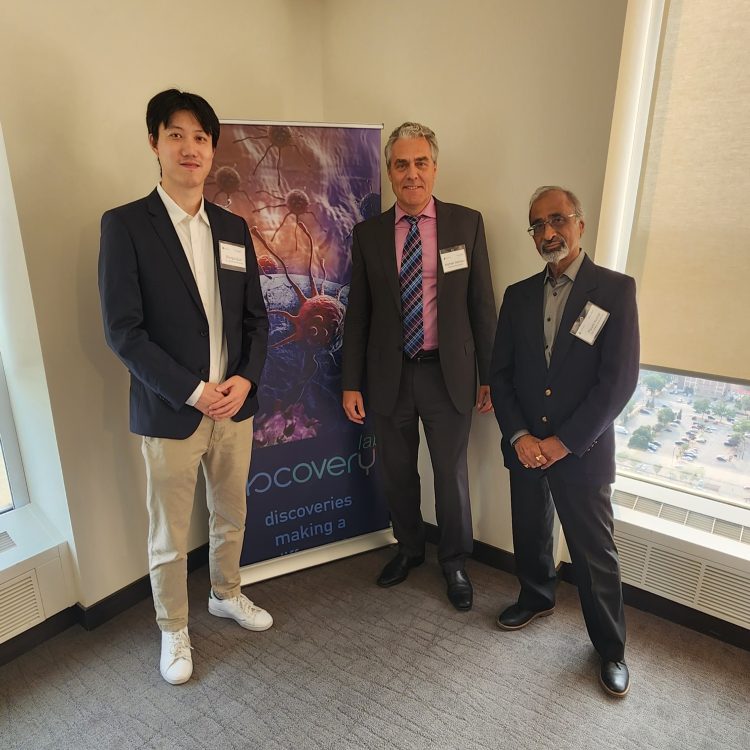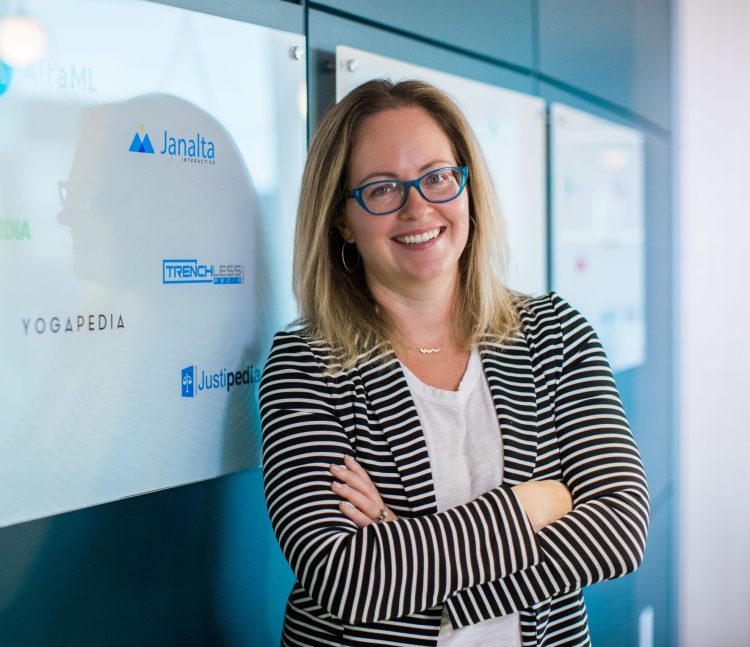Teamwork is fundamental for Jeff Cho.
He’s an officer with the Royal Canadian Air Force. He’s also one of the founders of Caldera Interactive, an independent video game company in Edmonton. The studio is working on its first game.
“We want it to be a multiplayer experience, something that you share with your friends,” he says. “It’s a non-violent horror adventure. We want you to play this on your computers in the dark—because it’s going to make it scarier—but in conversation with your friends. It’s a game that really pushes collaboration and being able to work together.”

